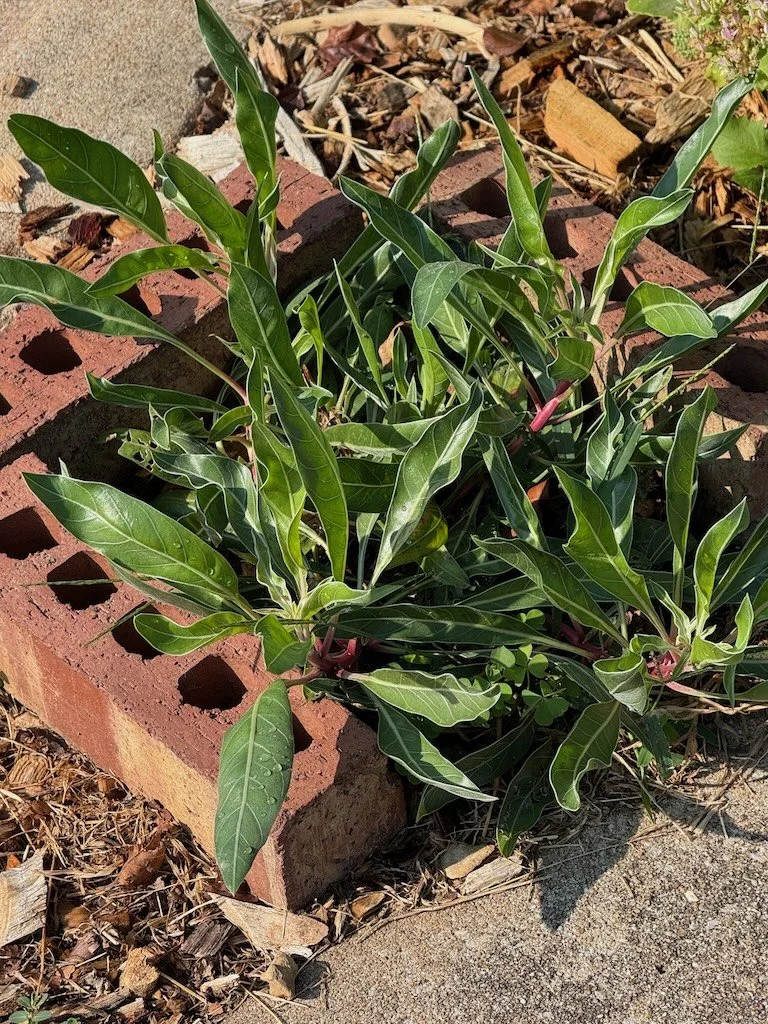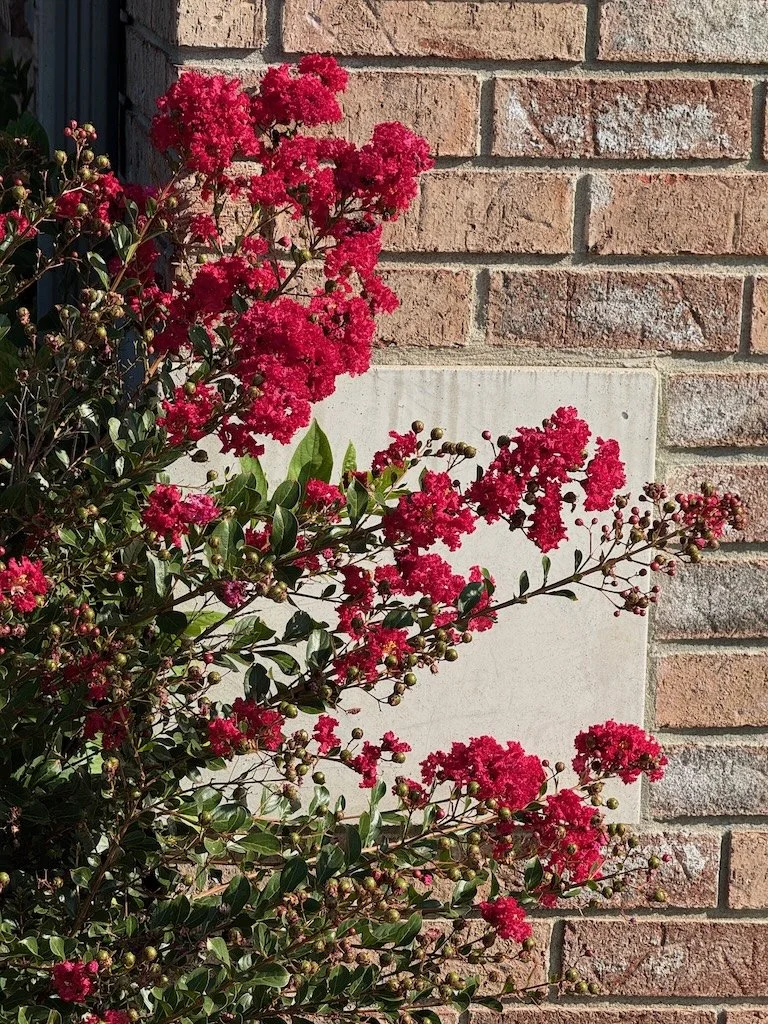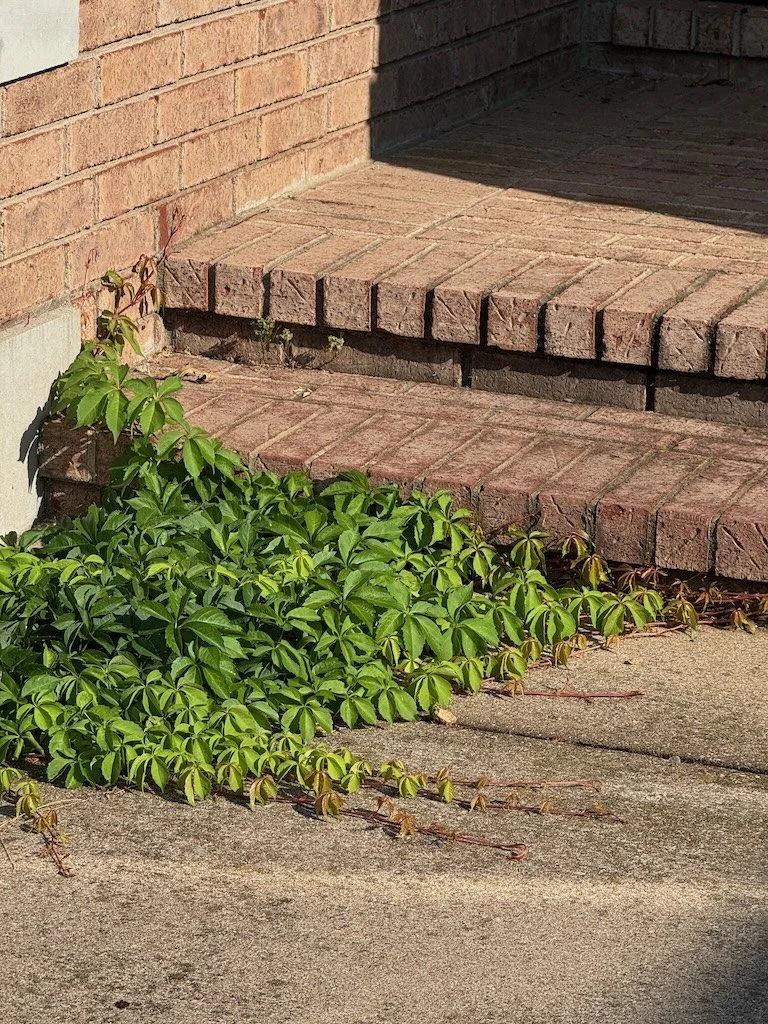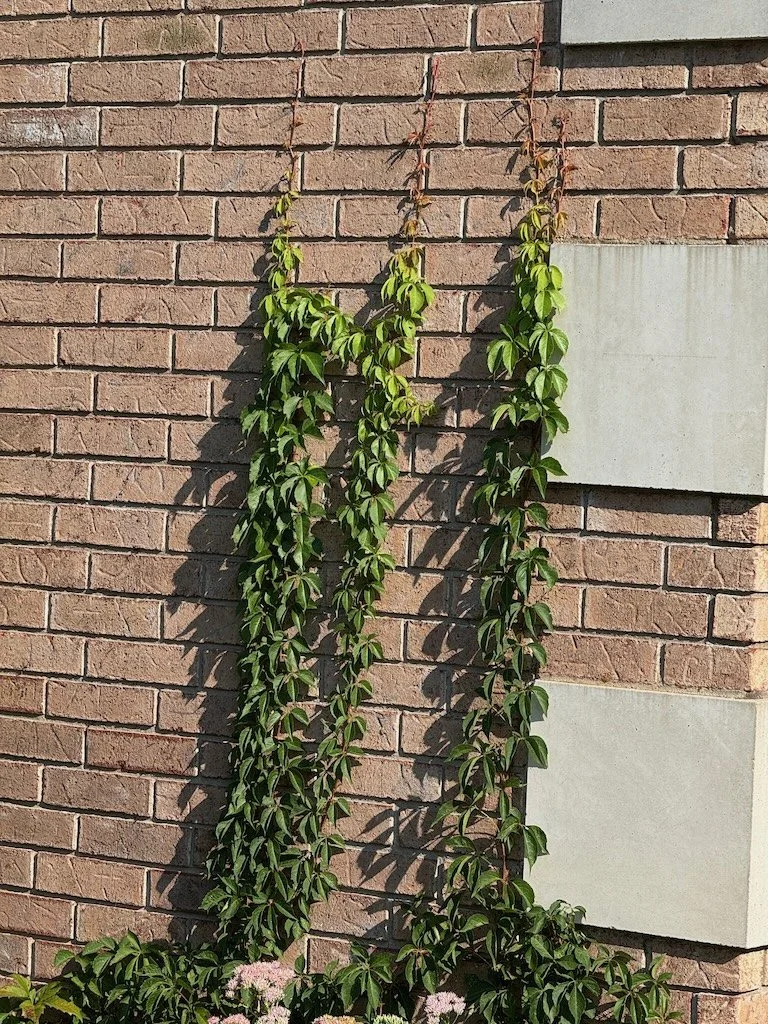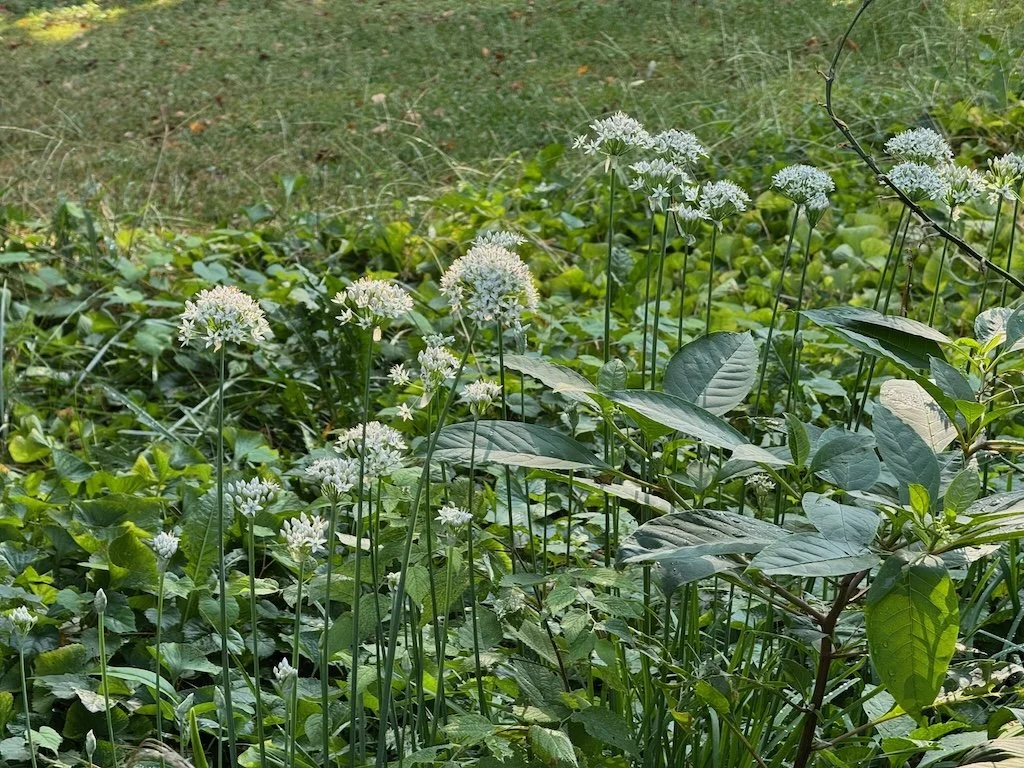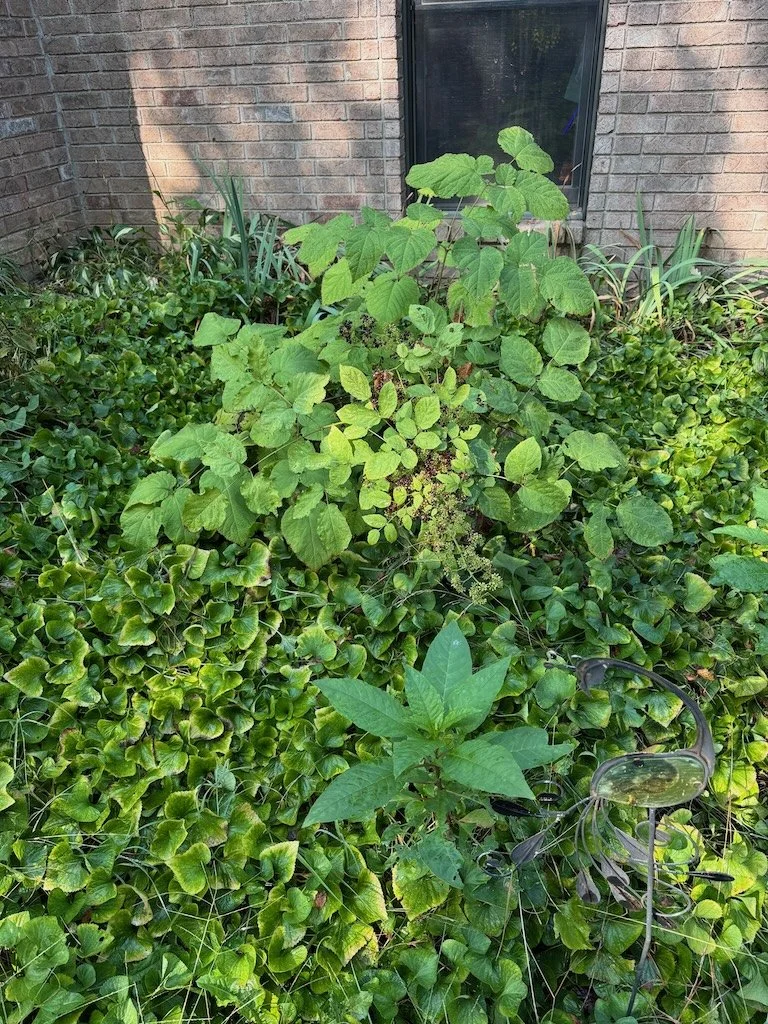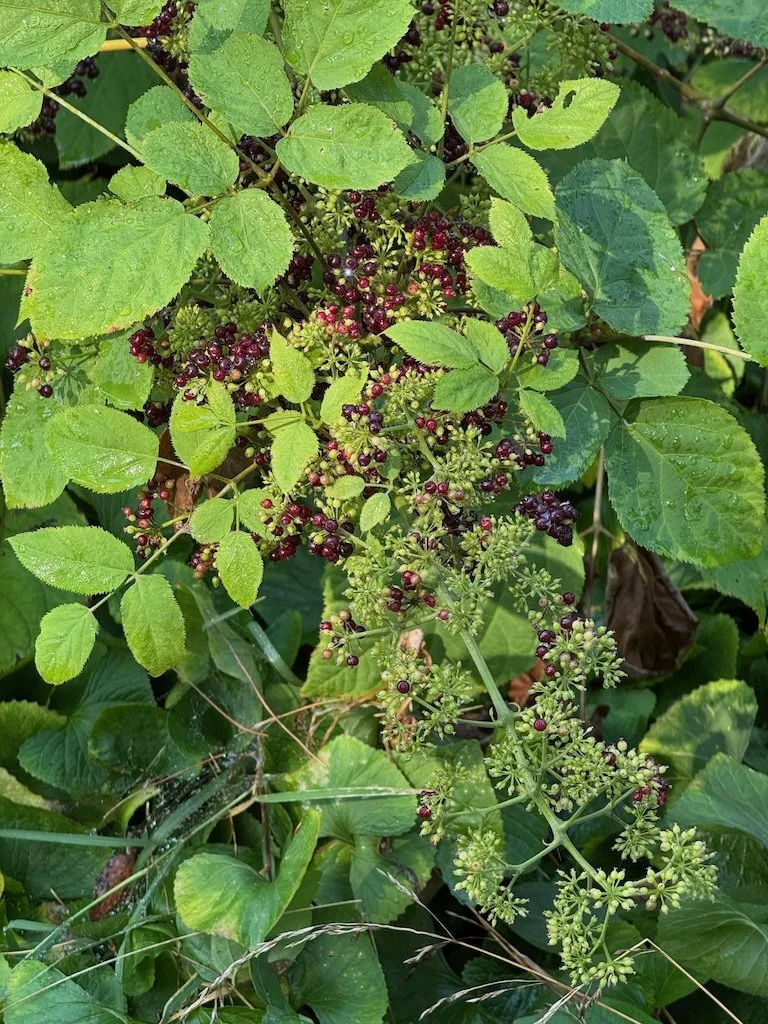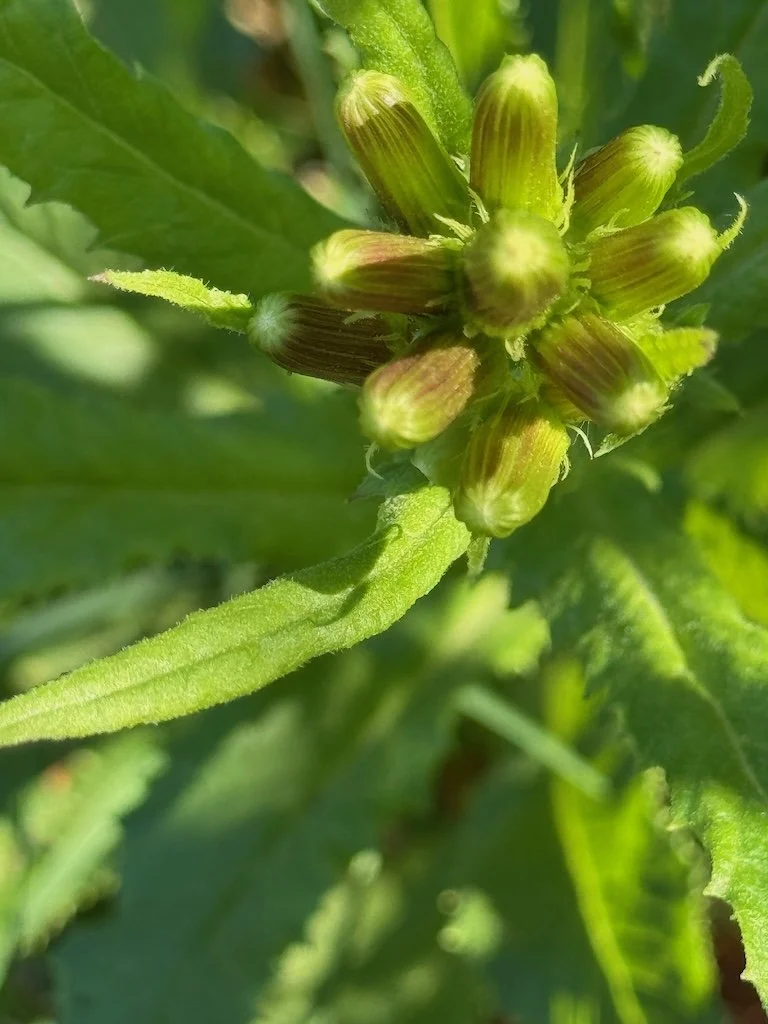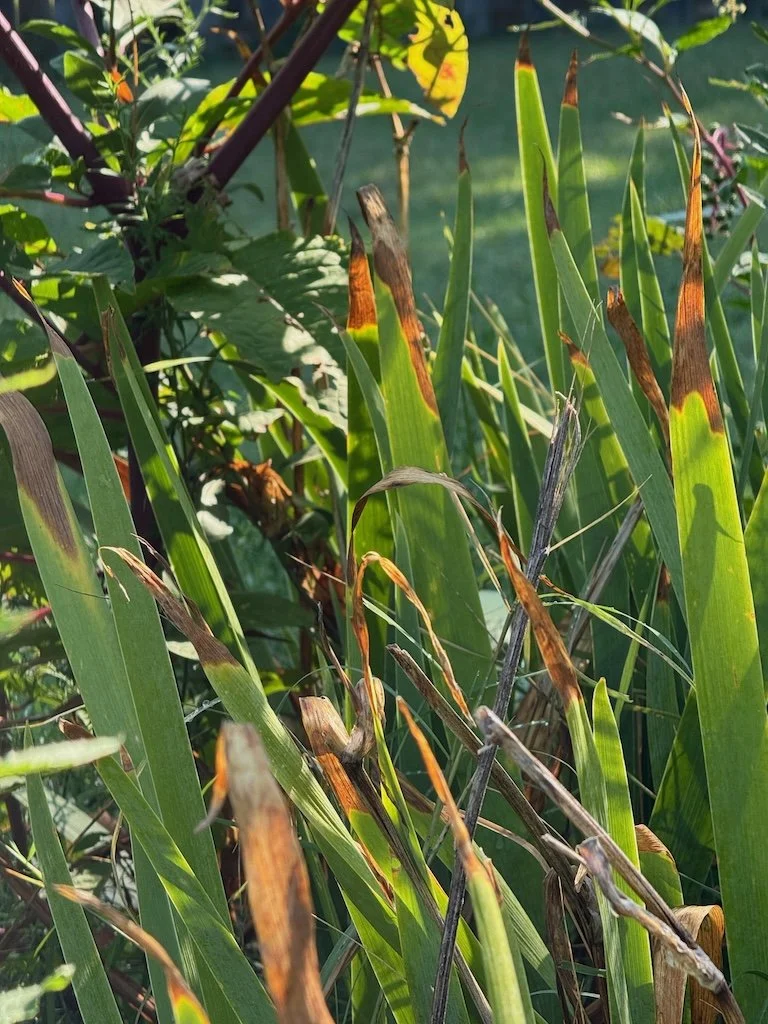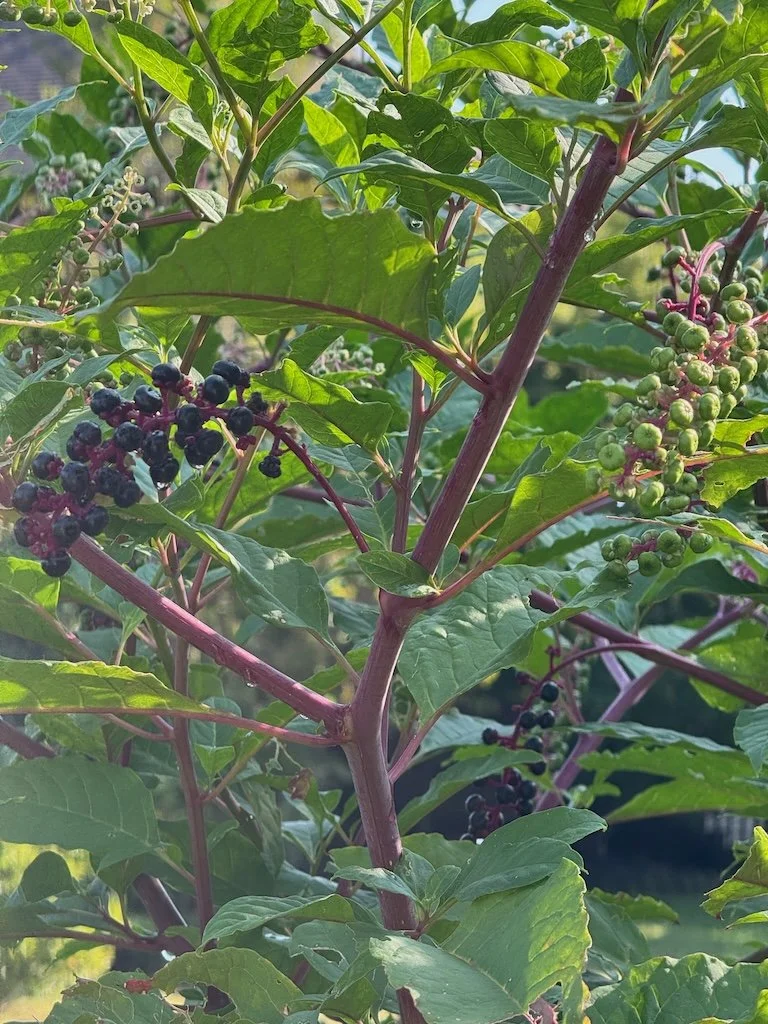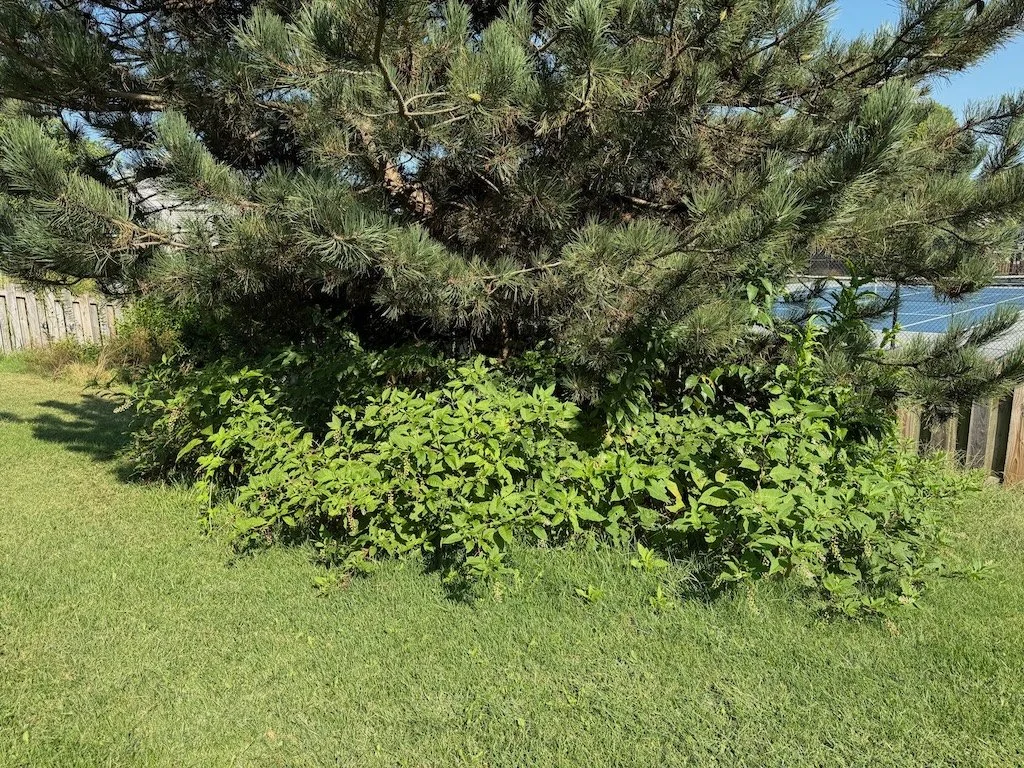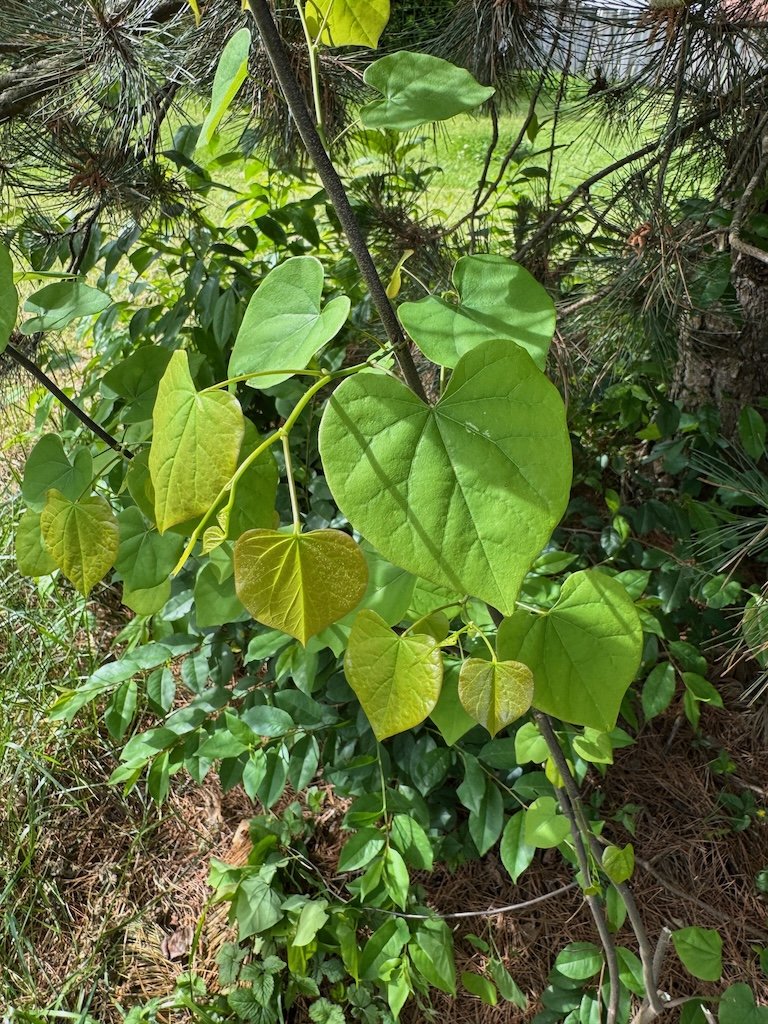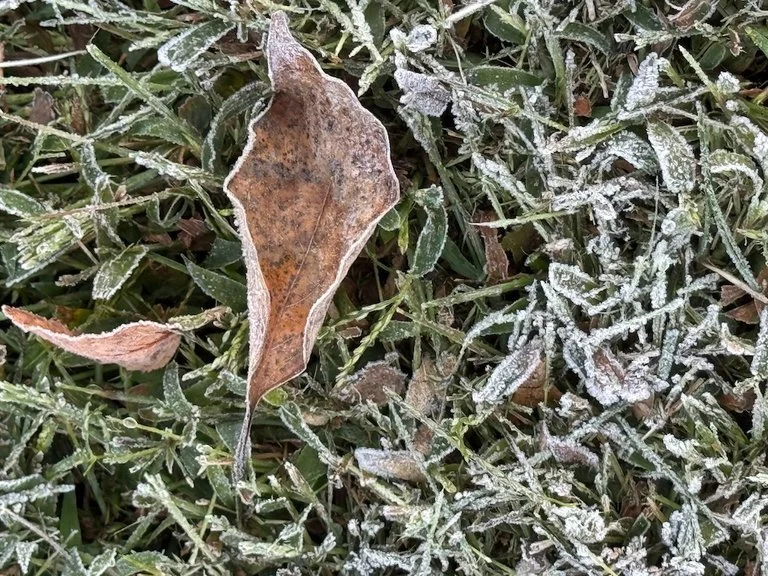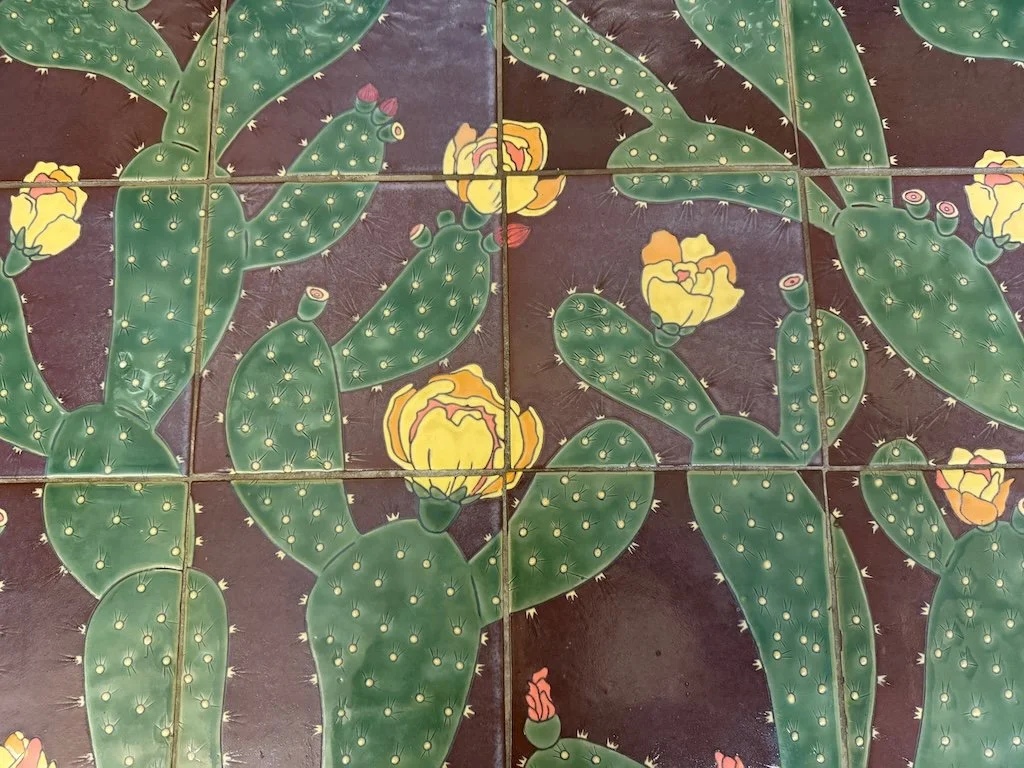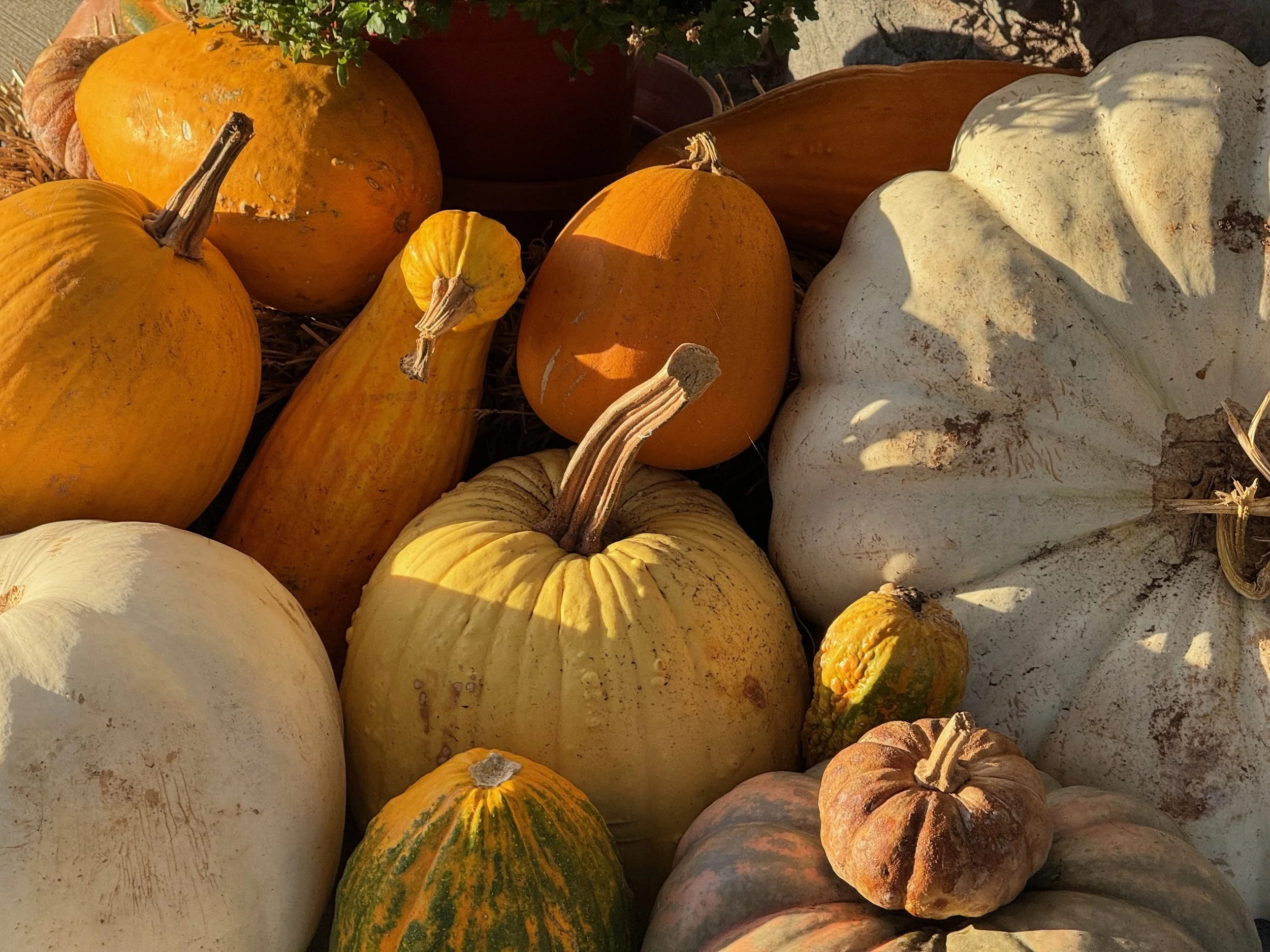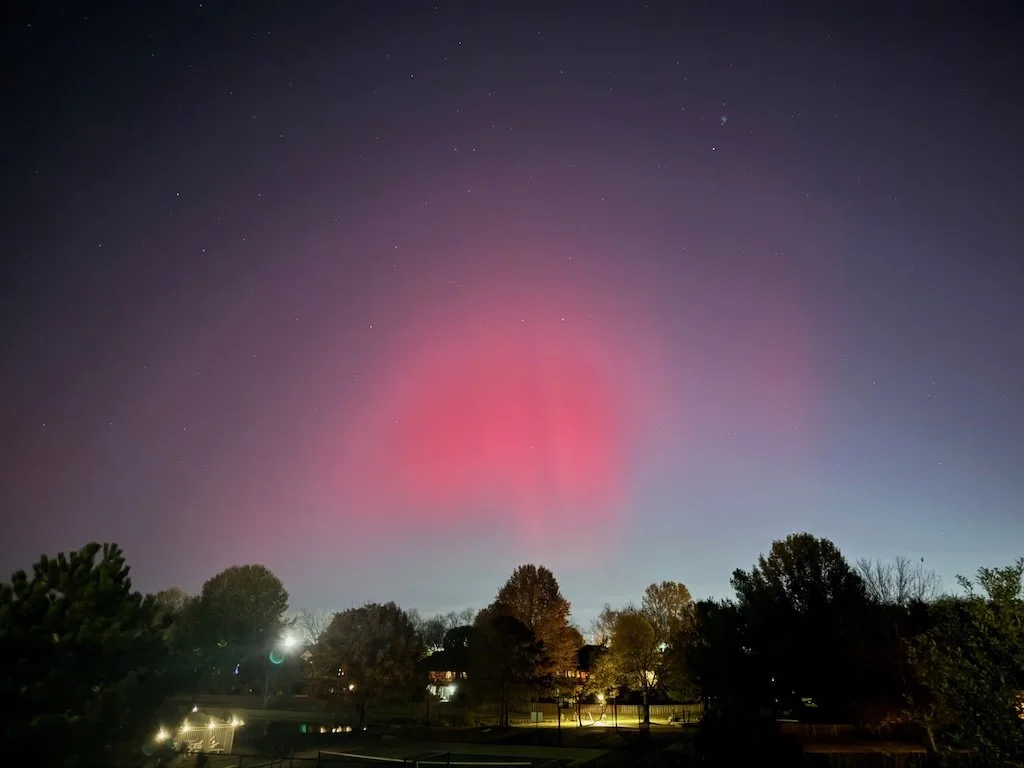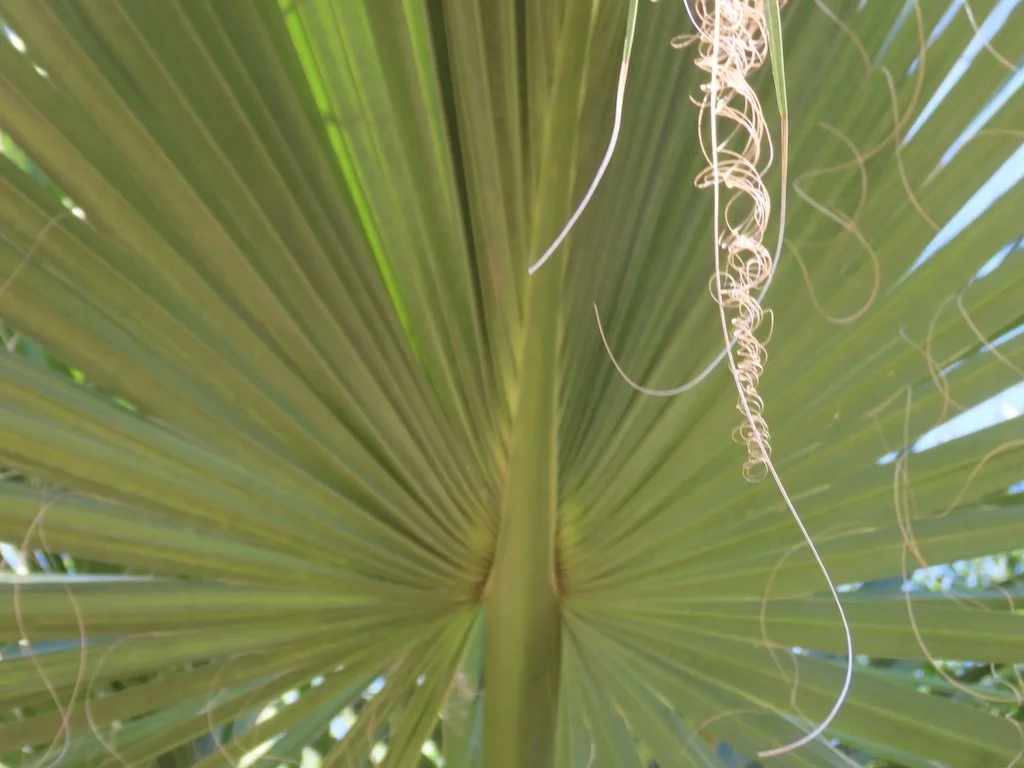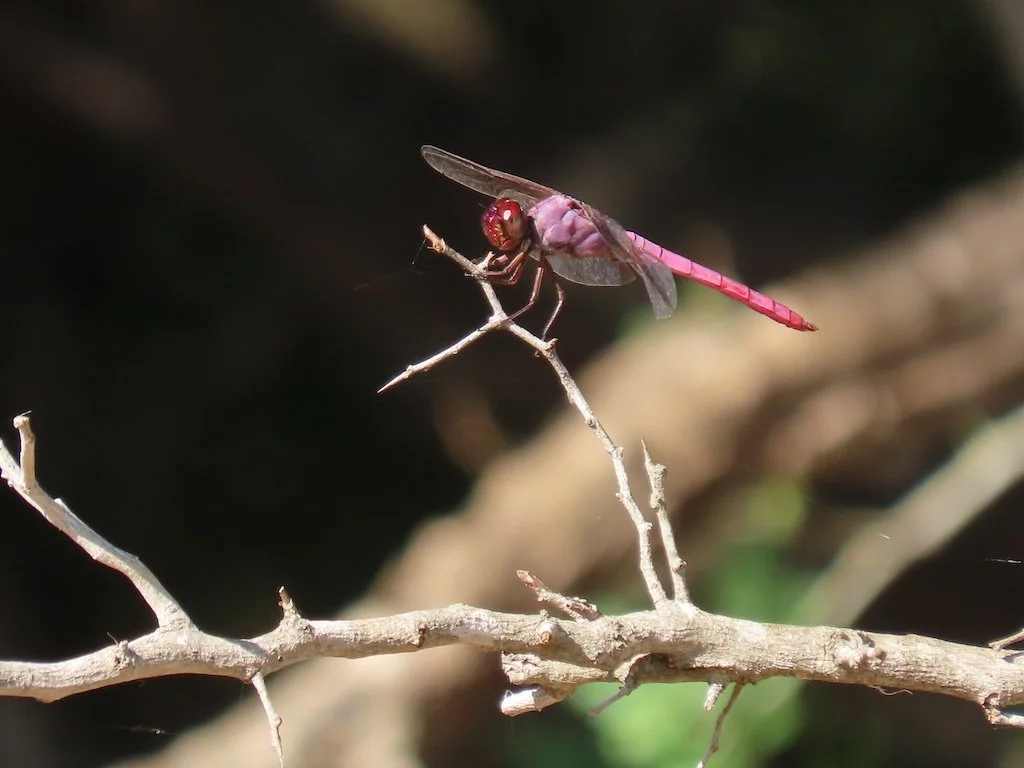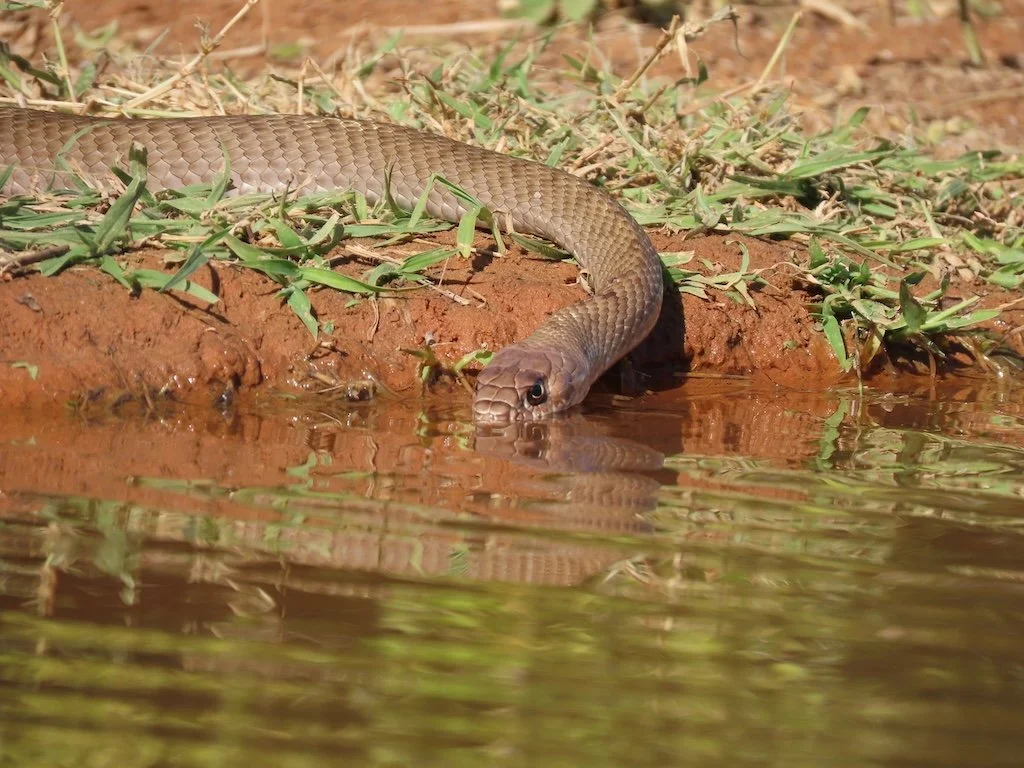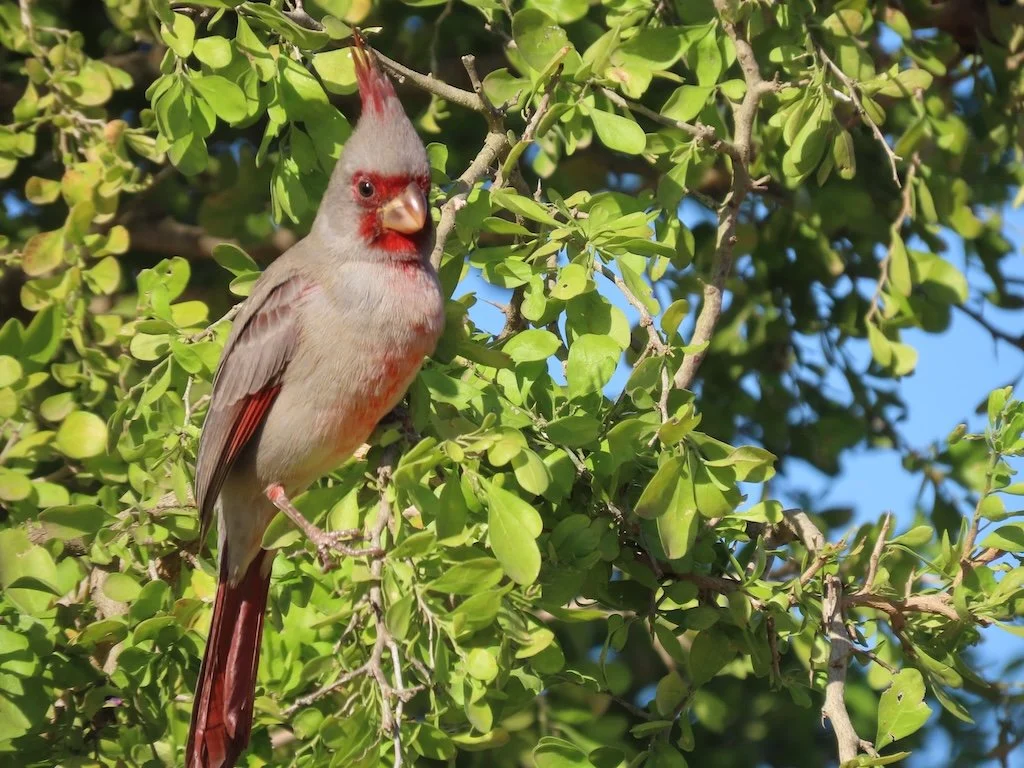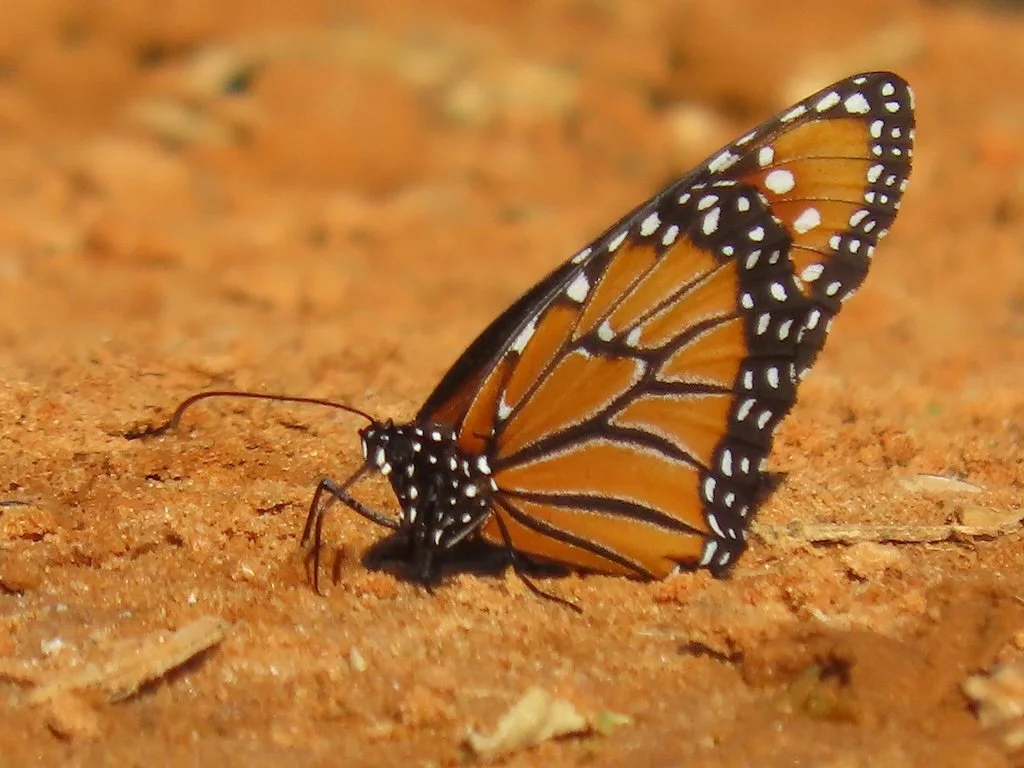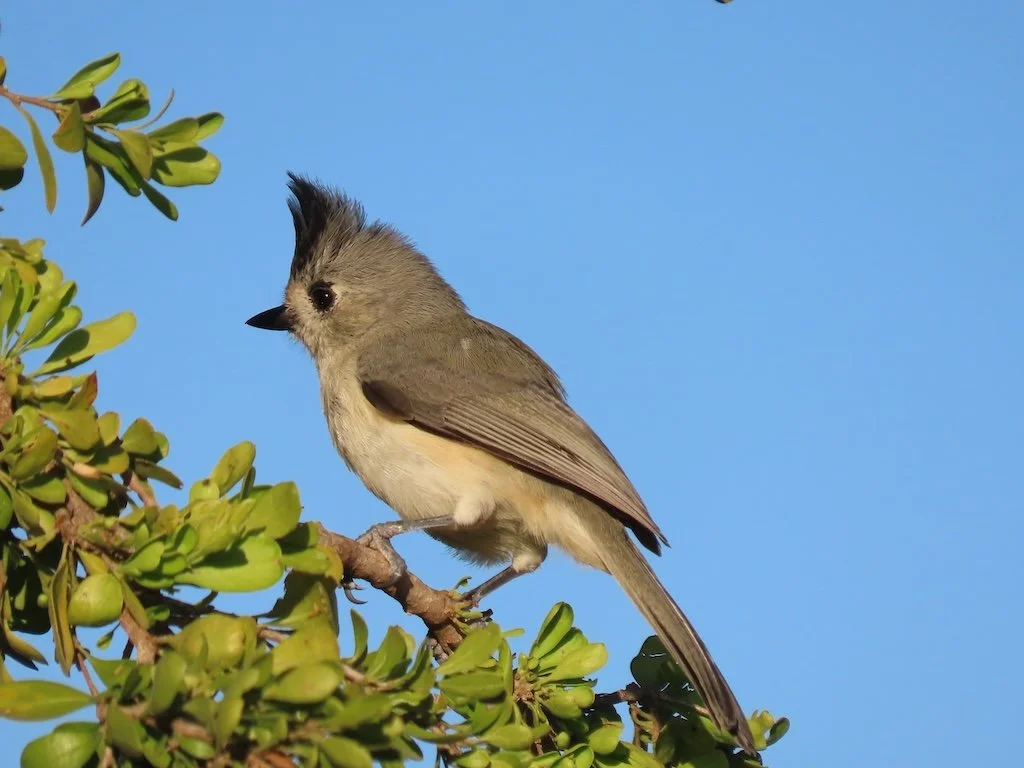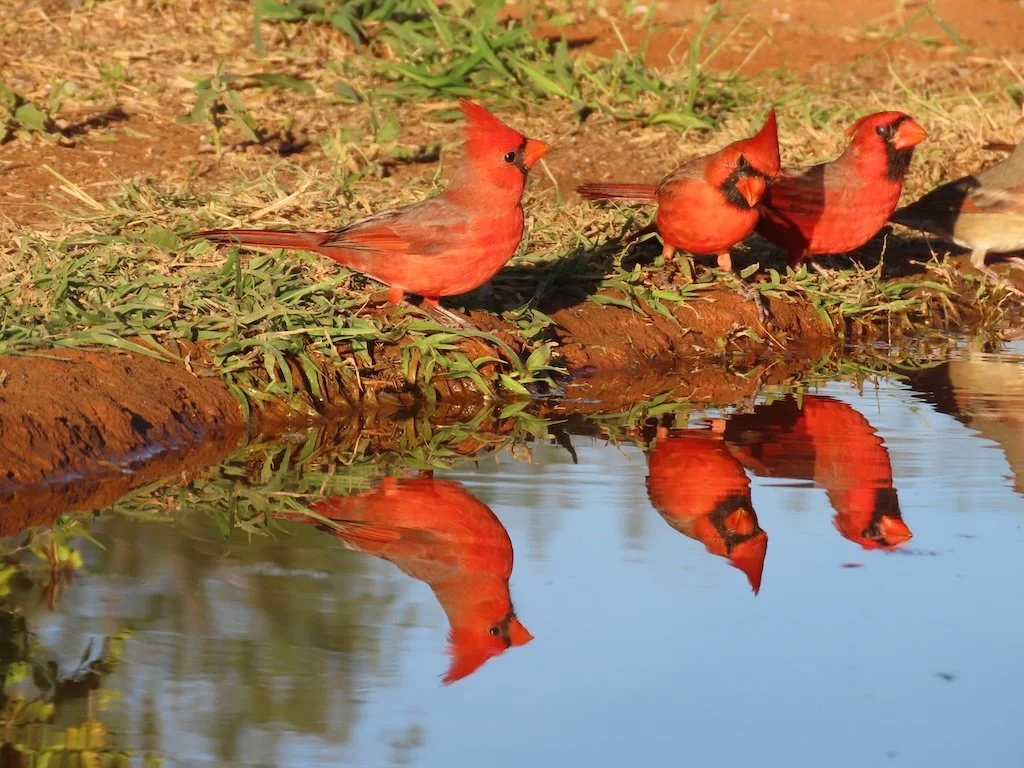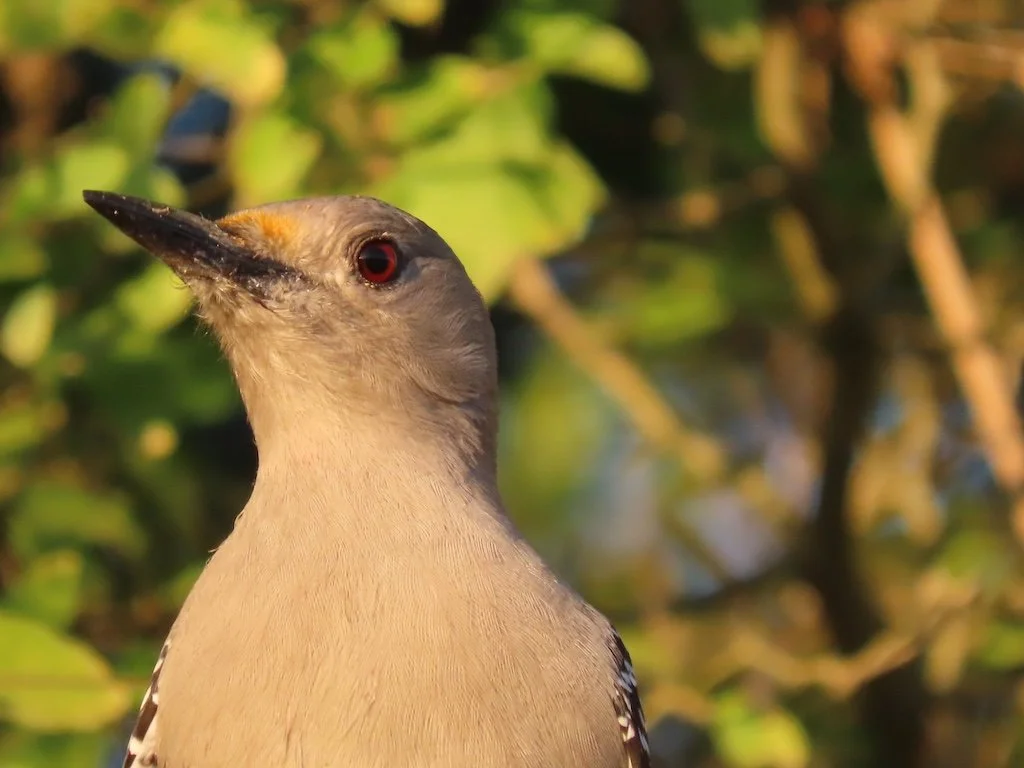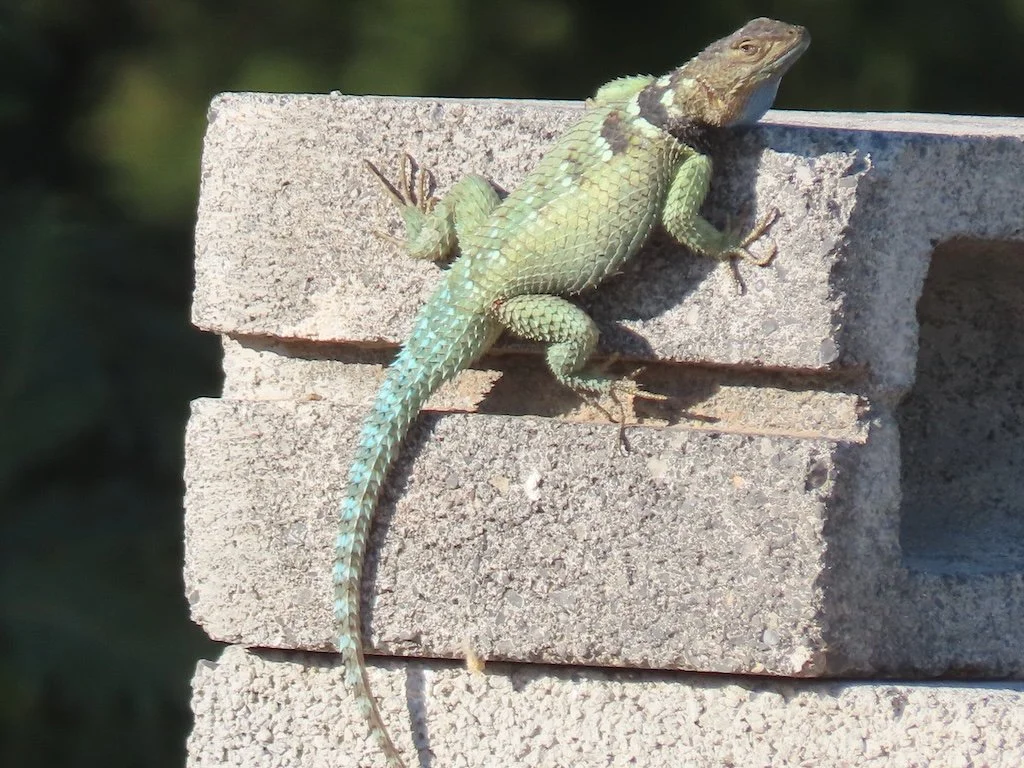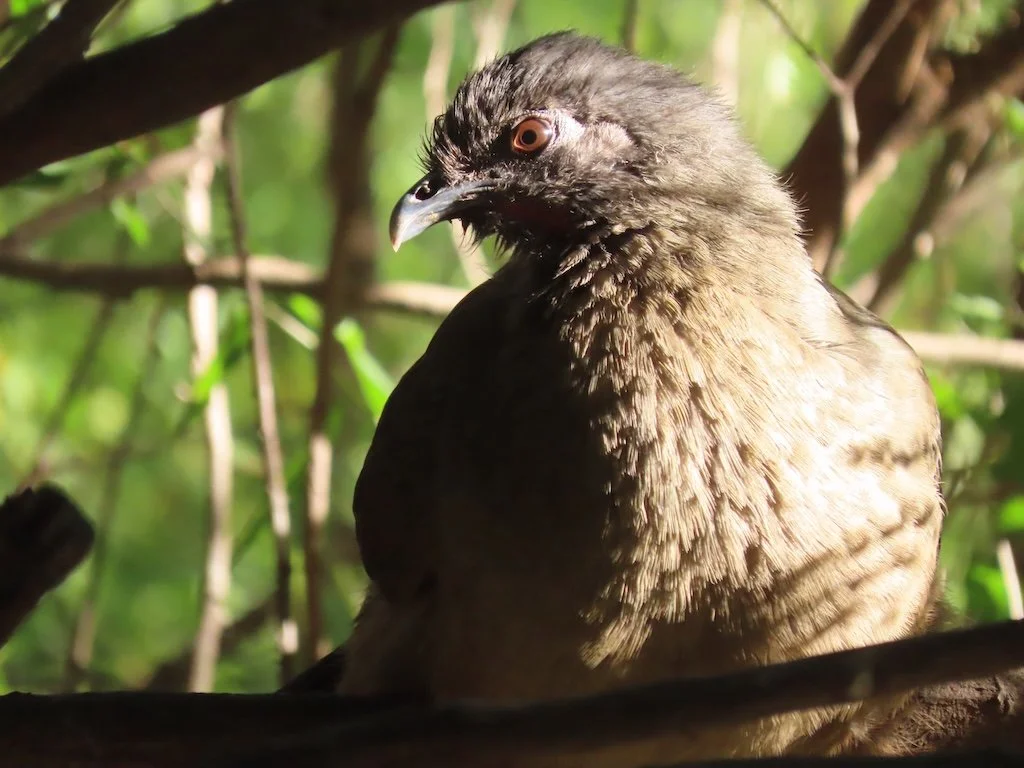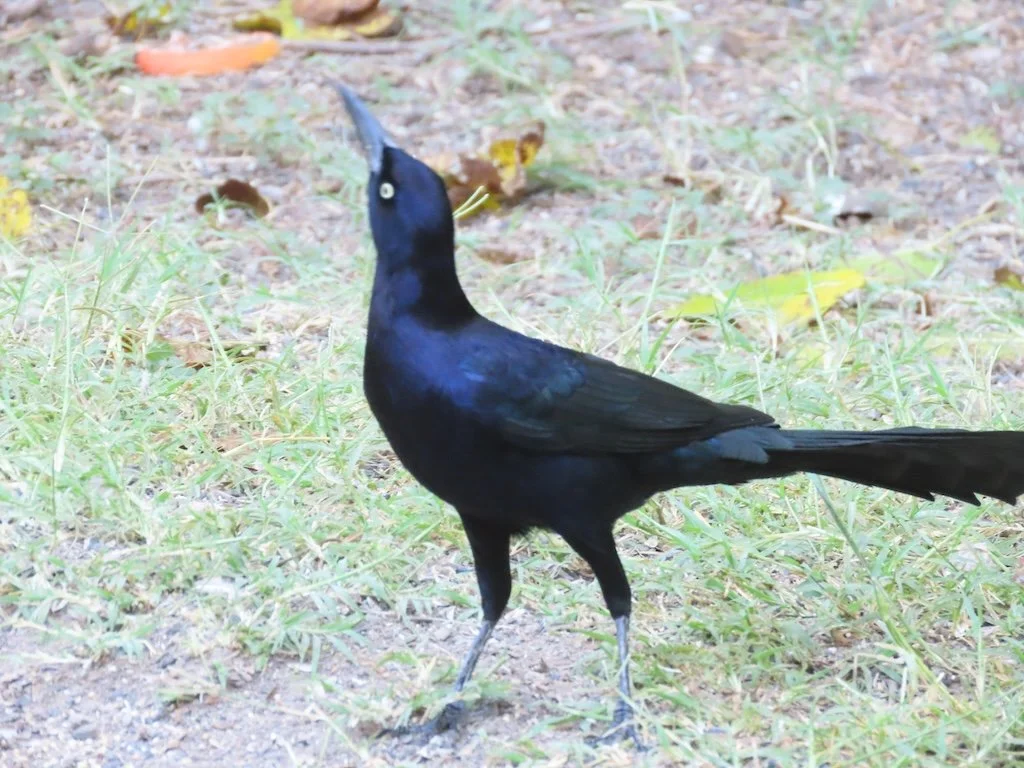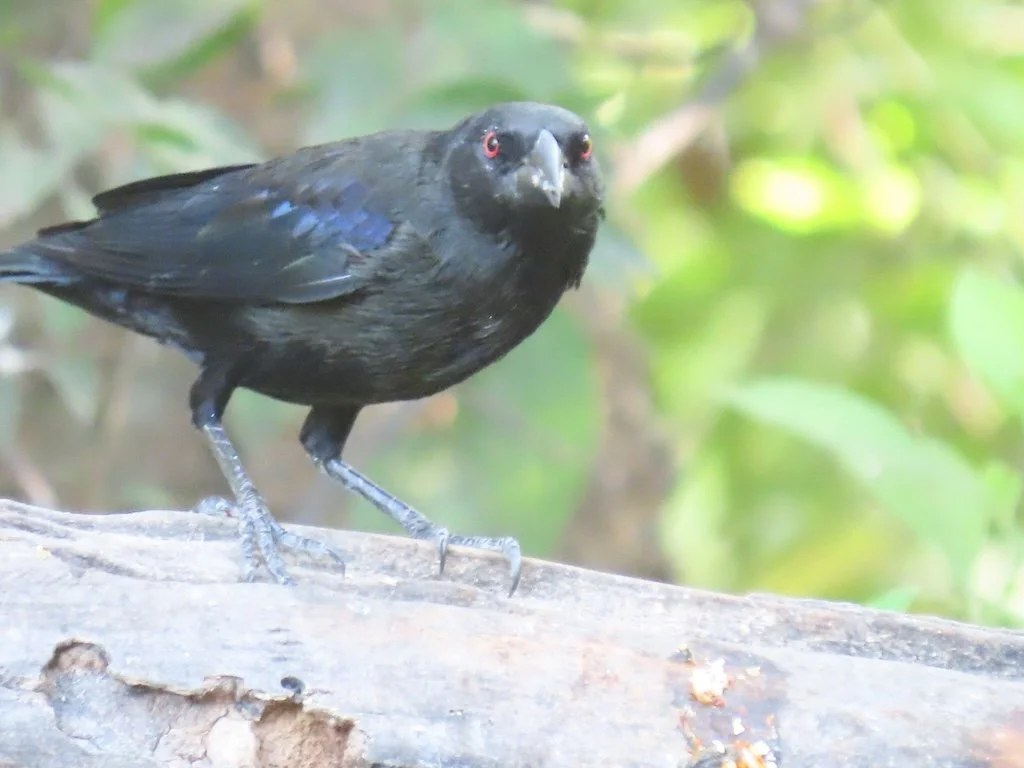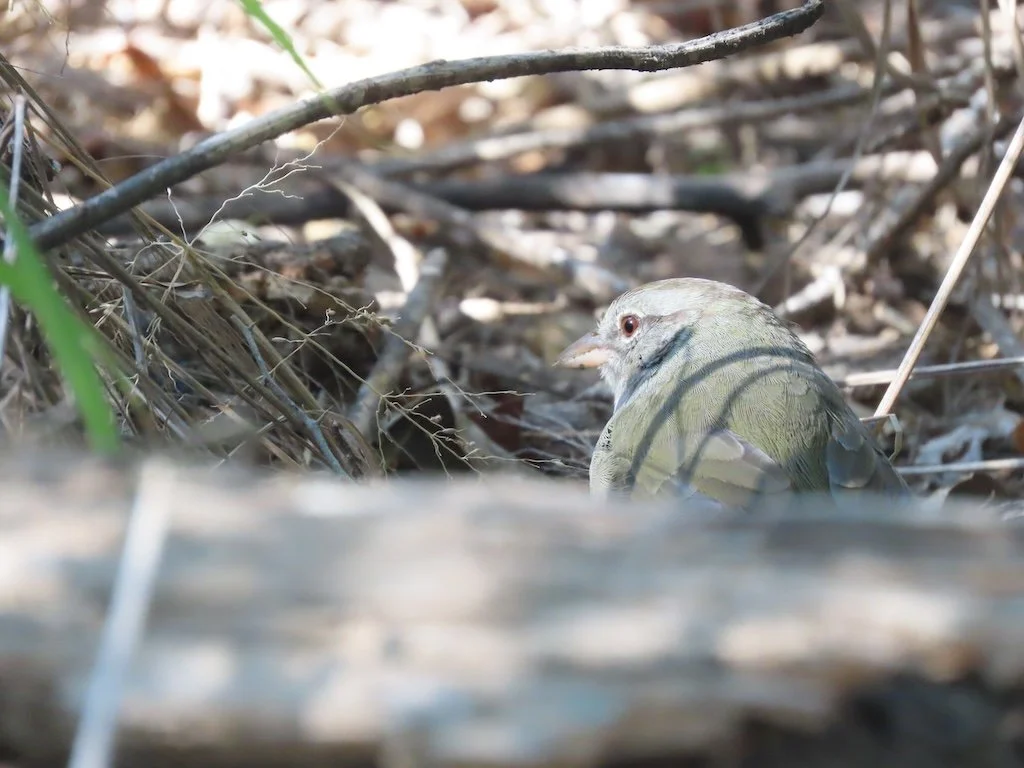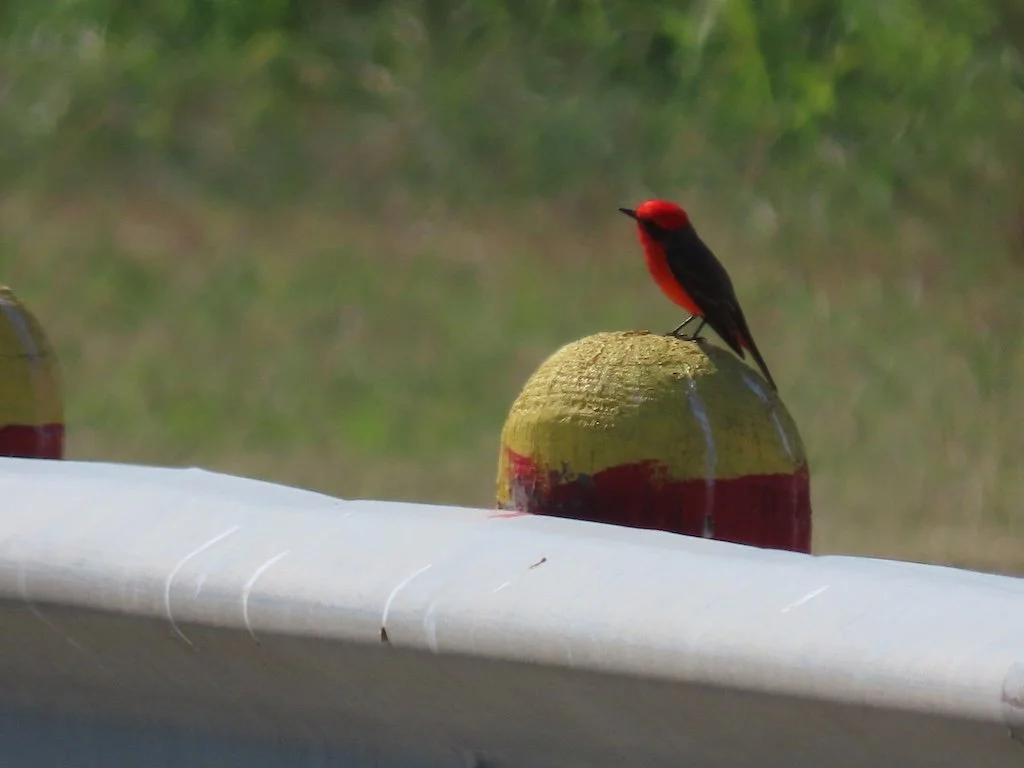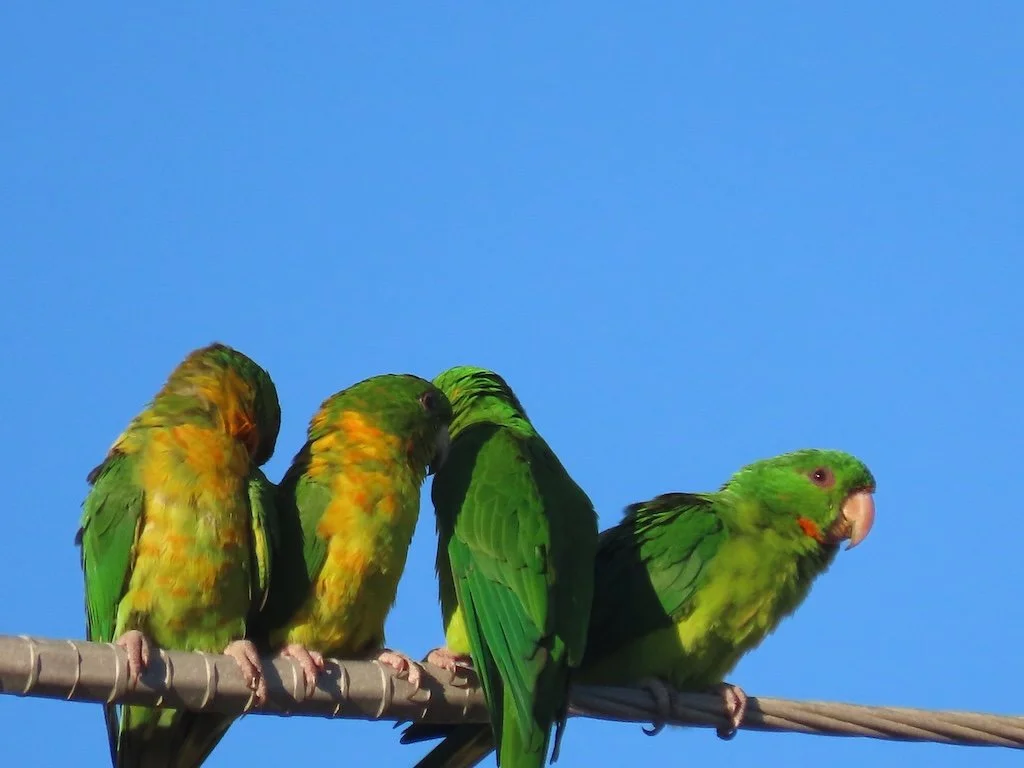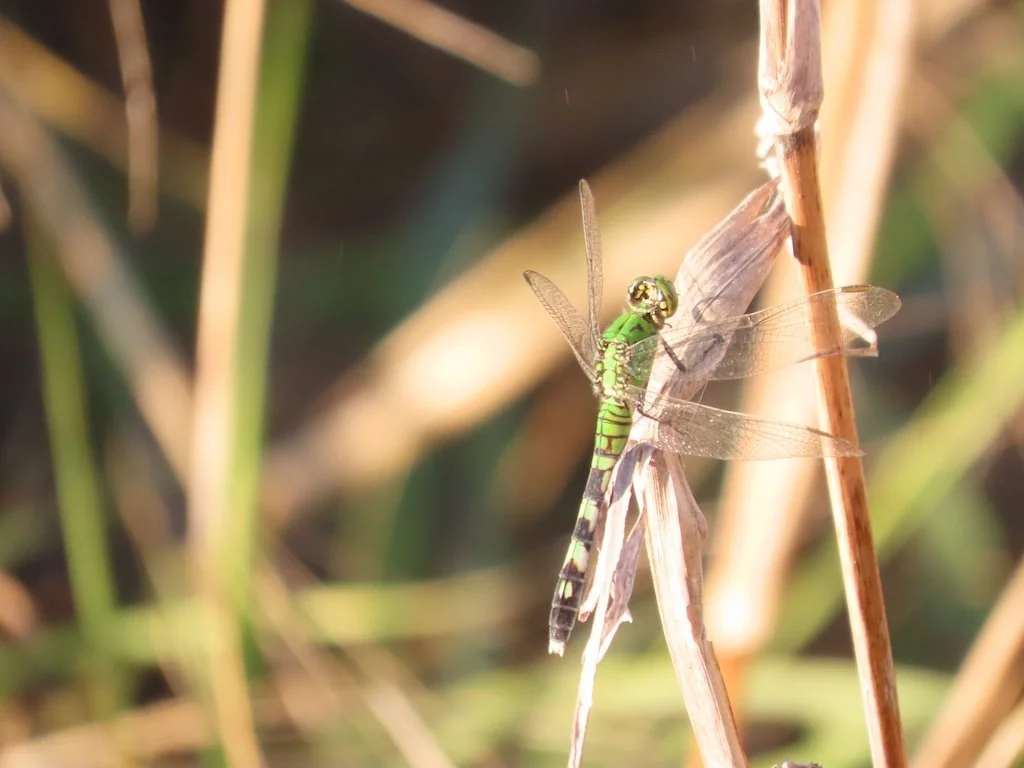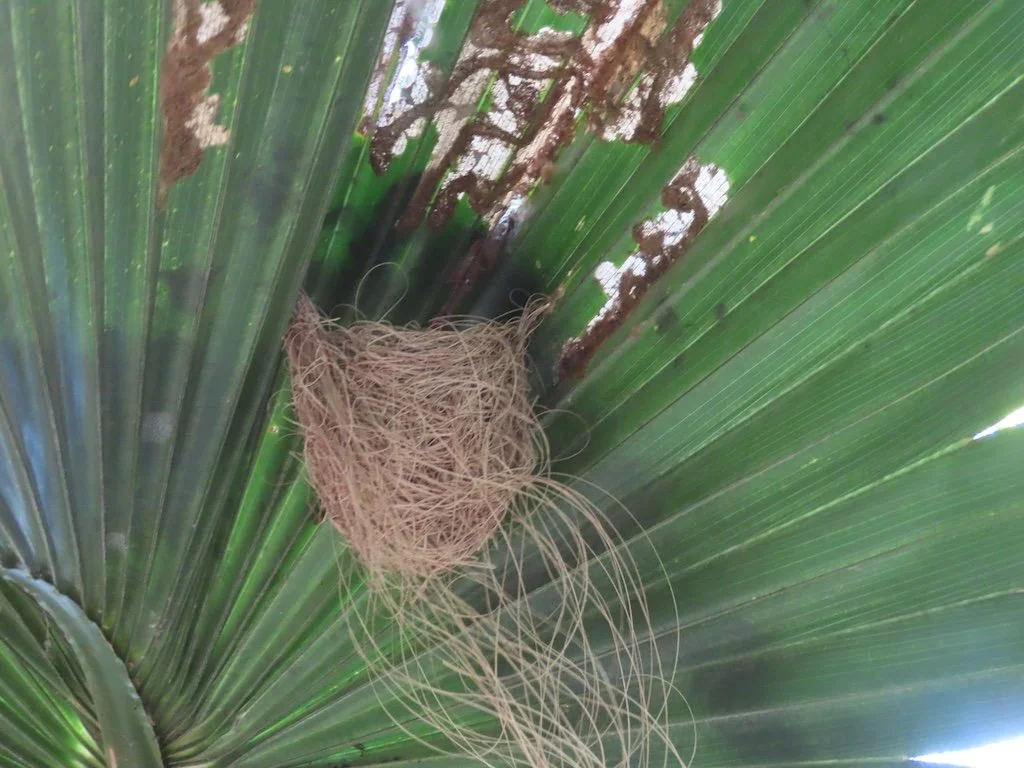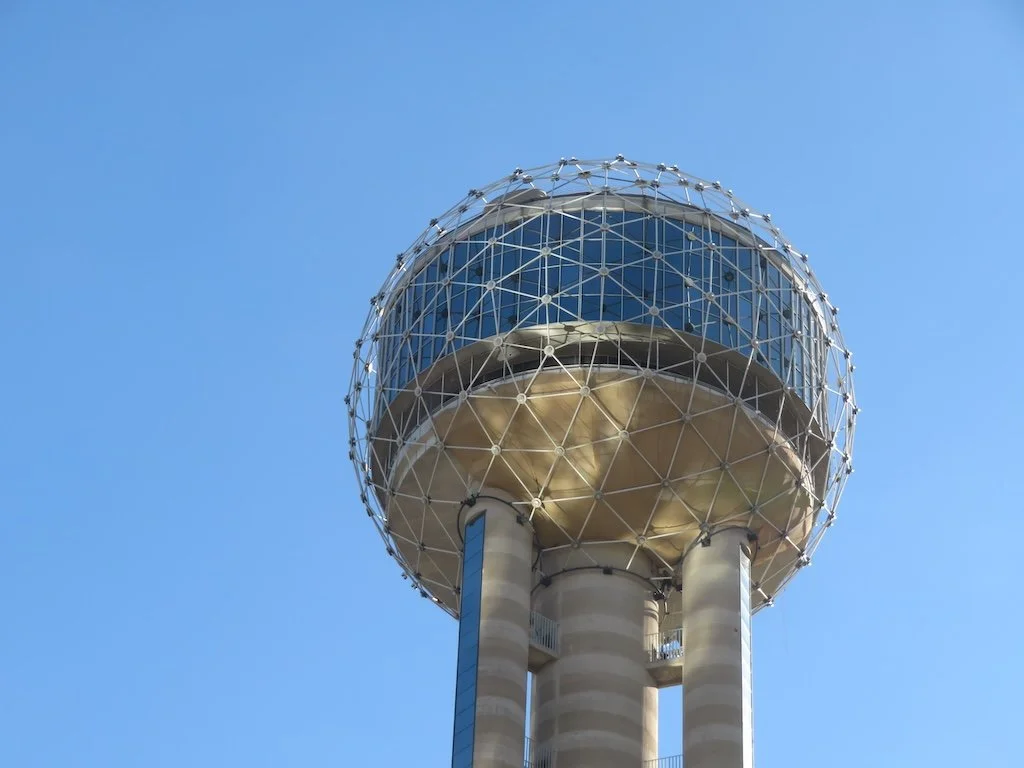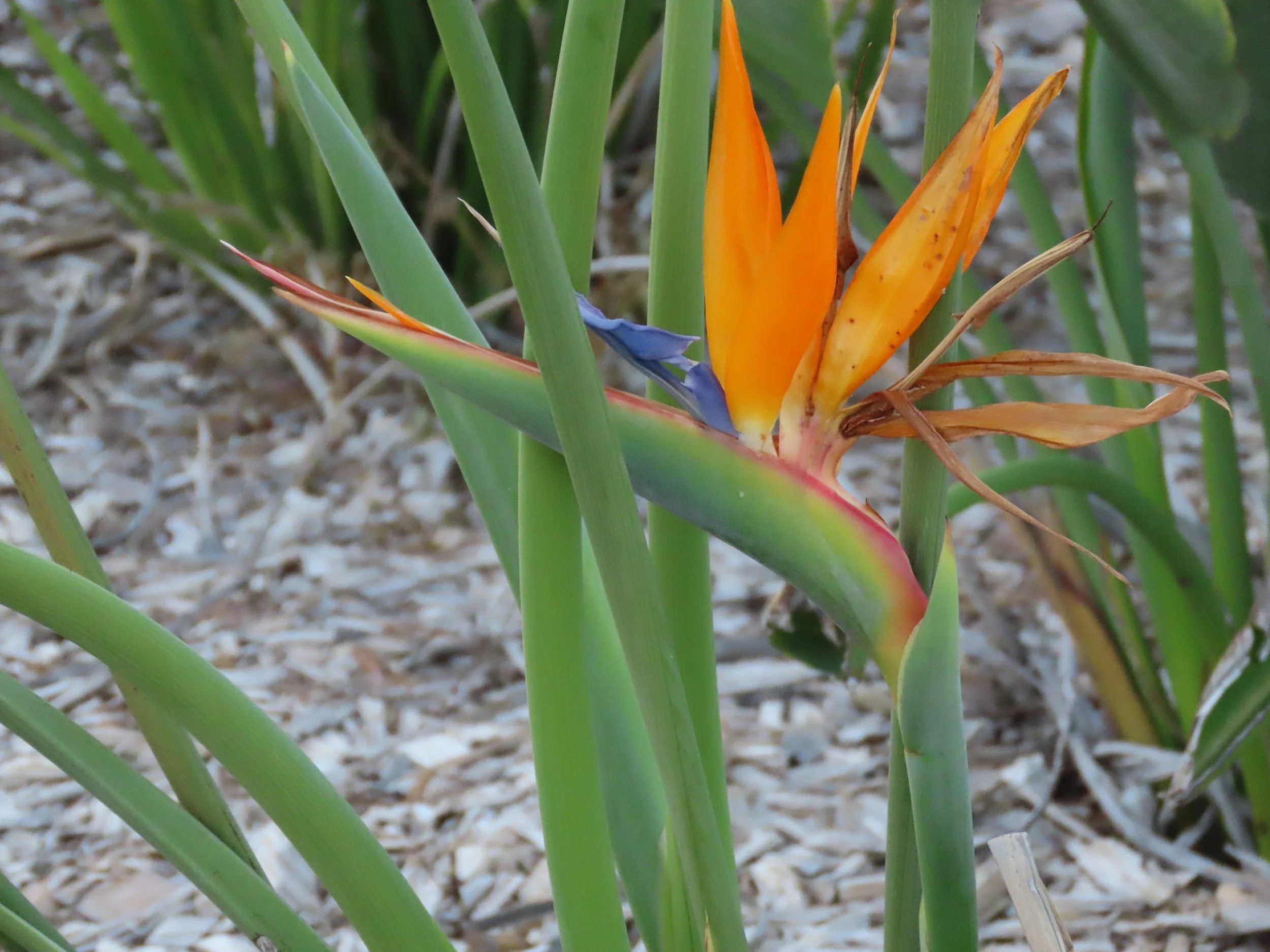Our Missouri Yard – September 2025
/There are parts of my yard that I am enjoying even with the prospect of the big landscaping change that is coming (which hopefully will not impact any of the plants in this post):
The Missouri Evening Primrose is thriving by my mailbox (there is a tiny remnant of a prickly pear cactus underneath it that I discovered when I cleaned out the weeds earlier this summer…its growing too!) and a crape myrtle that seems healthier than in previous years.
The Virginia Creeper is crowing on the front steps and onto the bricks. I’ll enjoy it a bit longer than pull it down – relegate it to the horizontal surface of the front flower bed.
The chives are thriving in several places in the back yard. They were started from seeds harvested from my mother’s garden. They don’t seem to care if they are in the sun or shade!
The American spikenard – one of my first native plant purchases – is larger each year. There are violets under it (and a small pokeweed in the foreground). The fruit is beginning to turn purple. I’ll harvest some and try to sprout them indoors to plant outdoors next year.
There are a variety of things in the garden where a pine tree once grew. The iris leaves look a little burnt on the ends, but the pokeweed is full of berries that the birds will eat as they ripen. I am still watching developments…not sure of everything there although I like the surprises discovering the naked lady lilies blooming in August and the beautyberry that I planted…glad that has survived.
The area under the short leaf pine is full of pokeweed – mostly. As the season changes, I will enjoy its red foliage…then cut it down and clear out anything else growing under the tree….except the redbud (perhaps).

